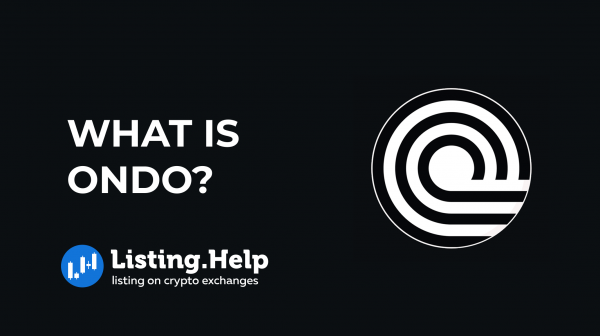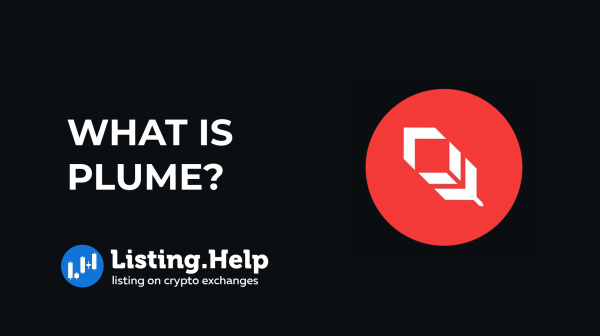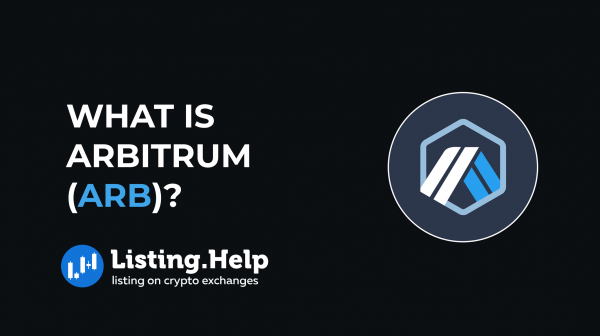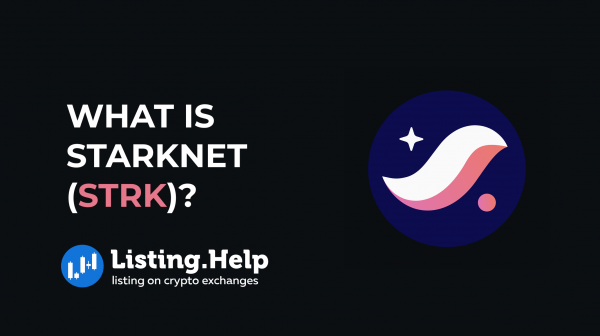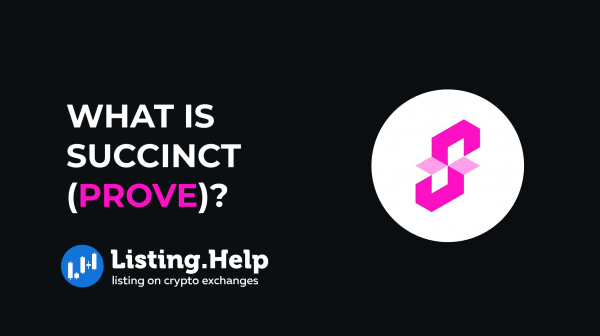What Is LayerZero (ZRO)?
 July 28, 2024
July 28, 2024 Updated: January 26 2025, 07:14
Updated: January 26 2025, 07:14
LEAVE A REQUEST
Launching your own token project? Our experts are ready to help with listing on exchanges, market making, marketing and other solutions
SUBMIT APPLICATIONBlockchain technology has transformed the digital realm by introducing decentralized systems. Despite this, the blockchain ecosystem remains fragmented, with various networks operating independently. This fragmentation has led to a pressing need for interoperability solutions to connect these separate networks. LayerZero is one such initiative that seeks to bridge this gap between different blockchains.
In this article, we will examine what LayerZero is, how it functions, and its potential impact on the blockchain landscape.
LayerZero
LayerZero is an innovative blockchain protocol that facilitates seamless and secure cross-chain transactions. According to its white paper, “LayerZero is the first system to trustlessly enable direct transactions across two chains.” Created by Caleb Banister, Bryan Pellegrino, and Ryan Zarick, it aims to provide a foundational layer for secure and reliable message delivery across various blockchain networks, promoting interoperability and communication between decentralized applications (dapps).
Currently, LayerZero connects over 70 chains, a milestone that has attracted investments from major companies like Samsung.
This broad integration across diverse blockchain networks highlights LayerZero’s dedication to building a foundational infrastructure for communication between them. It fosters interoperability and supports the creation of omnichain applications, enabling them to communicate and transact across multiple chains from a single interface.
How LayerZero Works?
LayerZero employs a decentralized oracle network to transmit messages between blockchains. These oracles serve as intermediaries, listening to one blockchain and conveying information to another. This method ensures the protocol doesn’t depend on a single point of failure.
Instead of using full nodes for each blockchain, which can be resource-intensive, LayerZero utilizes Ultra-Light Nodes (ULNs). These nodes require far less data to validate cross-chain transactions, making the process more efficient and less demanding.
LayerZero’s Stargate feature facilitates the transfer of not only tokenized assets but also their underlying state. This means that when an asset is moved from one blockchain to another, its associated data, such as ownership history and smart contract states, are transferred as well.
LayerZero enables the transmission of messages between blockchains in a manner that both blockchains can understand and verify. This capability is essential for executing complex operations that depend on interactions across different networks.
Developers working with LayerZero can customize various parameters according to their DApp’s specific requirements. They can select their preferred set of oracles and specify security settings, allowing them to balance speed, security, and cost effectively.
LayerZero ensures reliability through a two-phase commit process and adds an extra layer of security by requiring both the sending and receiving chains to independently confirm a transaction.
LayerZero simplifies user interactions by providing a streamlined process for engaging with multiple blockchains. Developers can create DApps that take advantage of the strengths of different blockchains without exposing users to the complexities of the underlying operations.
Key Features of LayerZero
1. Interoperability
LayerZero’s main goal is to facilitate communication across different blockchains. This allows users to transfer assets and data between blockchains without difficulty. For example, users can move tokens from Ethereum to BNB Smart Chain (BSC) without needing a centralized exchange or complicated swap process.
2. Ultra Light Node (ULN)
A notable feature of LayerZero is its use of Ultra Light Nodes (ULNs). Unlike traditional blockchain bridges that depend on full nodes or light clients, which can be resource-heavy, ULNs offer the required security without demanding significant computational power and bandwidth. This makes LayerZero more efficient and scalable.
3. Relayers and Oracles
LayerZero uses a combination of relayers and oracles to validate cross-chain messages. Relayers are tasked with sending transaction proofs, while oracles provide the data needed for validation. This dual mechanism ensures that no single entity controls the transaction process, enhancing both security and trust.
4. Security
The architecture of LayerZero significantly boosts security by distributing trust across multiple entities. For a transaction to be validated, both relayers and oracles must agree. This reduces the risk of fraud or attacks, as it would require collusion between these entities to compromise the system.
5. Scalability
LayerZero’s efficient design allows it to handle many cross-chain transactions without bottlenecks. This scalability is essential for meeting the increasing demand for cross-chain interactions, particularly in areas such as decentralized finance (DeFi) and non-fungible tokens (NFTs).
6. Developer-Friendly
LayerZero offers a range of software development kits (SDKs) and application programming interfaces (APIs) to help developers integrate cross-chain capabilities into their DApps easily. This simplifies the development process and encourages wider adoption of the protocol.
The ZRO Token: Functions and Utilities
The ZRO token is the native governance token of LayerZero, designed to encourage participation and decision-making within its community. Holders of the ZRO token can vote on significant changes and improvements to the LayerZero protocol.
The token distribution model includes allocations for the development team, validators, community incentives, and public sales.
Here is an outline of its main functions and utilities within the LayerZero platform:
Transaction Fees
The ZRO token is used to pay for cross-chain transaction fees and other services within the LayerZero ecosystem. It also serves as a reward mechanism for validators and other network participants, ensuring the protocol remains secure and efficient.
Governance Participation
Holders of ZRO tokens can engage in governance proposals, voting on upgrades, integrations, and other crucial changes. This allows them to influence the future development and policies of the LayerZero protocol.
Staking Rewards
Users can stake their ZRO tokens to potentially earn rewards. This incentivizes long-term holding and active involvement in the ecosystem.
Airdrop Eligibility
Interacting with LayerZero projects and holding ZRO tokens may enhance eligibility for future airdrops, providing additional tokens or benefits.
Conclusion
LayerZero marks a substantial leap in blockchain technology by tackling the crucial issue of cross-chain interoperability. Its ability to facilitate secure and efficient communication between various blockchains paves the way for the development of omnichain applications, thereby improving functionality and user experience across decentralized platforms.
The use of Ultra Light Nodes and decentralized oracles ensures secure and reliable message delivery between chains while maintaining decentralization. LayerZero’s extensive integration across multiple blockchains, such as Ethereum, Avalanche, and Polygon, underscores its dedication to offering foundational infrastructure for cross-chain communication.

For more insights and updates on the crypto world, don’t forget to check out our blog at Listing.Help.




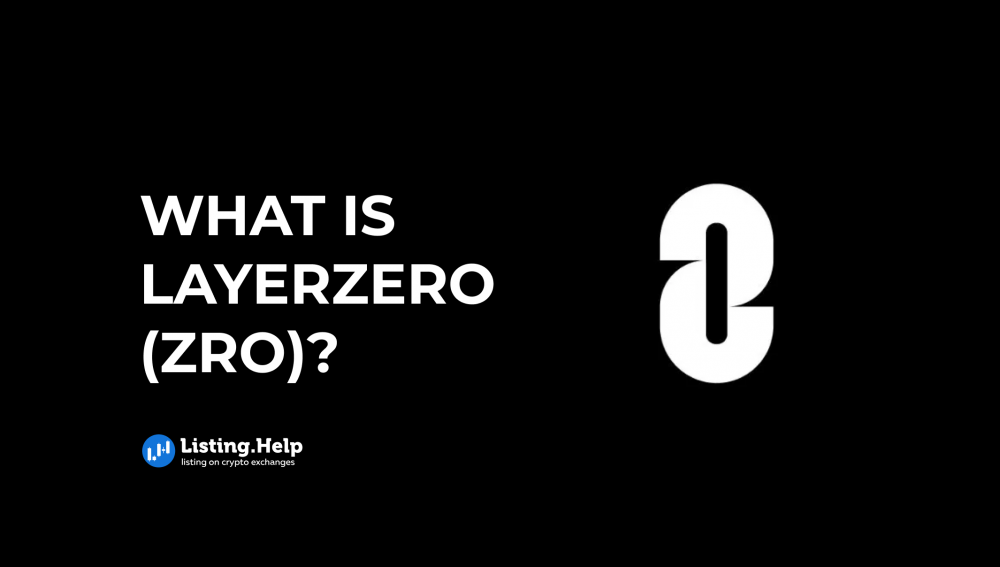

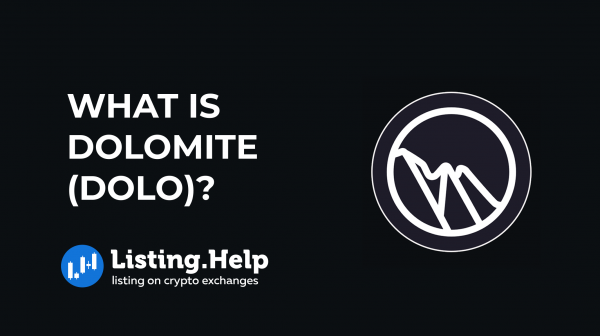
 September 5, 2025
September 5, 2025 